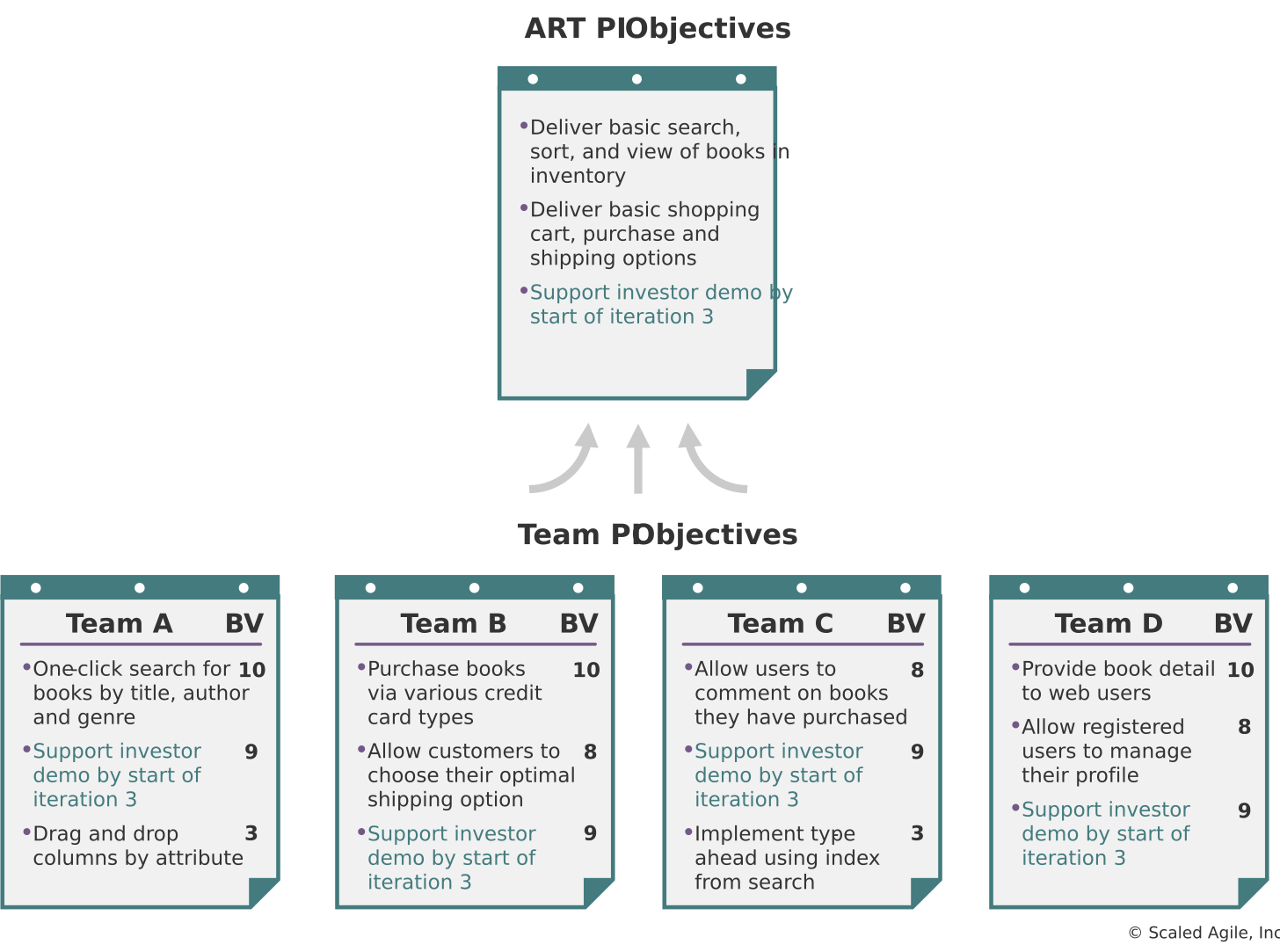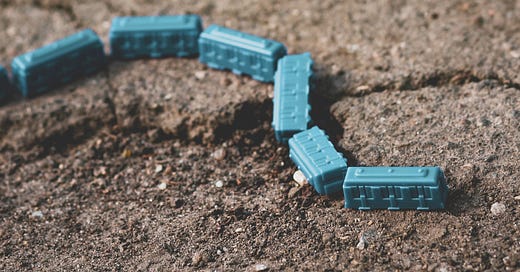Watch Out, Waterfall Ahead! The Truth About SAFe.
I don’t understand this. A waterfall methodology masquerading as an Agile framework. Not applicable to modern product management. And yet, companies still take it seriously.
Hey, Paweł here. Welcome to the free archived edition of The Product Compass.
Every week, I share actionable insights and resources for PMs.
If you are not a subscriber, here are a few posts you might have missed:
Product Model First Principles:
Product Management vs. Product Marketing vs. Product Growth 101
Consider upgrading your account, if you haven’t already, for the full experience:
Why did I write this post?
I first shared my critical thoughts on SAFe on July 15, 2022.
In 2023, Scaled Agile blocked my Medium article due to "copyright claims” and sent me an official letter – unexpected, especially considering they mashed together elements under the Attribution Share-Alike license.
After a rollercoaster of emotions, I won the argument, and my article was restored. But later, I removed 90% of my Medium posts to focus on Substack.
In this issue, I'd like to revisit the topic and provide a few fresh insights on the new SAFe 6.0, as some of you are struggling with it. For others, this might be a warning when looking for a job.
Above all, it’s a list of things to avoid when managing products.
Watch Out, Waterfall Ahead! The Truth About SAFe.
I don’t understand this phenomenon. A waterfall methodology masquerading as an Agile framework. And yet, companies still take it seriously.
Every time I see this diagram, something dies inside me:

Let's not be fooled. SAFe (Scaled Agile Framework) is a marketing name for the full-scale waterfall and controlling people with a heavy process. Phrases like “Design Thinking,” “Lean UX,” or “Scrum” are just smoke and mirrors.
I agree with Marty Cagan, who wrote in 2018:
“Over the past few years, a number of companies have asked me about this notion of processes that focus on “Agile at Scale,” the most heavily marketed (judging in part by the amount of spam I receive) such process is SAFe (…)
Normally I only write about processes and techniques that I can vouch for first-hand. The problem here is that I don’t personally know of a single leading tech product company that is using SAFe (…)
A couple years ago I wrote about the root causes of product failure in product companies and I identified ten key attributes of Waterfall and project-mindset. I went through and compared this list with SAFe, and literally all ten problems exist in SAFe. Indeed, I would argue that all ten problems are inherent in that process.”
Let's look at the components of the new SAFe 6.0 to see if anything has changed.
In short, it goes like this:
Waterfalling the requirements
In product, we understand that empowered teams are given meaningful problems to solve and are held accountable for the outcomes. I discussed that in Product Team Principles and Objectives and Key Results (OKRs) 101.
But in SAFe, every quarter, teams gather for two days of "PI planning." Thay start with:
“Inputs to PI planning include:
Business context (see ‘content readiness’ below)
Roadmap and vision Highest priority
Features of the ART Backlog”
– PI Planning, © Scaled Agile, Inc.
By the end of the PI Planning, the team commits to specific features:

“The team’s PI objectives often relate directly to intended features. Many are the same. However, the mapping is not always straightforward since some features require the collaboration of multiple teams”
– PI Objectives, © Scaled Agile, Inc.
It’s clear that SAFe promotes working in 3-month waterfall projects with predefined outputs. It’s just a feature factory.
Keep reading with a 7-day free trial
Subscribe to The Product Compass to keep reading this post and get 7 days of free access to the full post archives.




